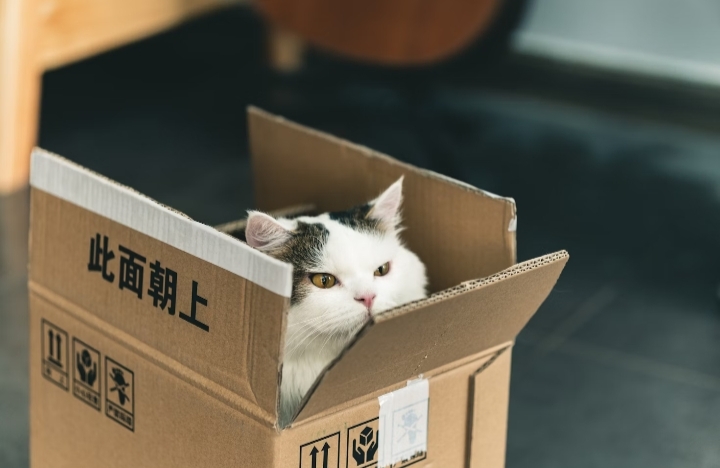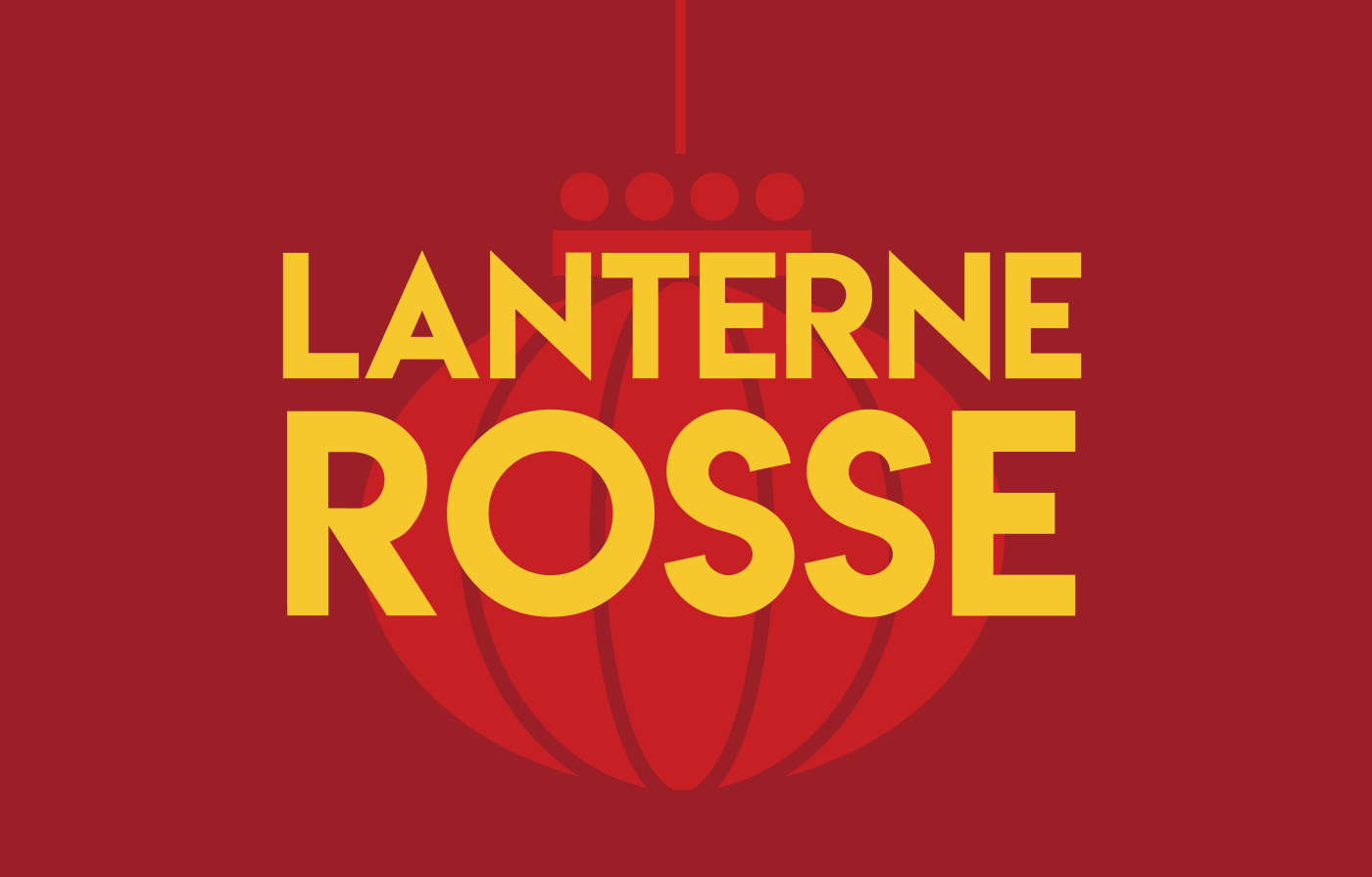Pet boom in China
The rapidly growing market is driven primarily by younger generations seeking to fill the emotional void of a society where fewer children are born.
Milan (AsiaNews/Agencies) – In recent years, China's pet economy sector has experienced a veritable boom.
According to estimates by iiMedia Research, the Chinese pet industry will reach 811 billion yuan (US$ 112.5 billion) in 2025, growing three times faster than its international peers, and is expected to reach nearly 1.15 trillion yuan by 2028.
These are remarkable numbers for a market that was worth just 221.2 billion yuan in 2019.
The number of domestic pet economy-related companies is also growing rapidly. Of the more than 4.5 million currently operating, 70 per cent were registered in the last three years alone.
The Chinese pet market is being driven primarily by younger generations.
According to iiMedia, as of December 2024, approximately 41 per cent of pet owners were born between 1990 and 1999, while the percentage of those born after 2000 increased from 10.1 per cent in 2023 to 25.6 per cent in 2024.
The reasons for this trend are largely attributable to the cultural and demographic changes underway in the country.
The frenetic pace of life and economic instability have led many young people to give up on the idea of getting married and having children, exacerbating the problem of urban loneliness.
To fill the emotional void, many have turned to the companionship of dogs and cats.
According to a recent Goldman Sachs report, the number of pets in Chinese cities could exceed 70 million by 2030, while the number of children under four could even drop below 40 million.
Attitudes toward pets have changed especially during the COVID-19 pandemic. The isolation caused by the lockdown has led people to reconsider the sentimental value of dogs and cats and to treat them as true family members, on par with children.
This widespread tendency to humanise pets is precisely at the root of the exponential growth of the pet economy. Owners are no longer happy to simply satisfy their pets' basic needs; they want to provide them with every kind of privilege, thus fuelling consumption.
According to Petdata, over 300 billion yuan (US$ 41 billion) was spent on dogs and cats in Chinese cities last year, a 7.5 per cent annual increase and an average annual expenditure per owner of 6,000 yuan, higher than what is spent on travel and personal care products.
Pet food is undoubtedly one of the fastest-growing sectors. A joint report by MobTech and KuRunData showed that the Chinese dog food market grew 4.6 per cent year-over-year in 2024, while the cat food market grew by 10.7 per cent.
While in the past, pet diets relied primarily on dry food, companies today must adapt to customer demands for more varied and delicious foods for their four-legged friends.
The well-known Chinese supermarket chain Hema Fresh has, for example, opened recently its first store dedicated to selling fresh pet food in Shanghai, with a laboratory with a wide selection of ingredients, which customers can select and combine individually, according to their pet's specific needs.
Other companies and startups have specialised in selling pre-packaged meals, snacks, baked goods, or personalised desserts to meet the needs of four-legged friends and their owners.
There are also stores offering daily packages, including main courses based on fresh meat or fish, soups, and side dishes.
Another growing sector is personalised clothing for dogs and cats, which is expected to grow by an average of 10 per cent annually by 2027.
Fashion brands, including luxury brands, are indulging in clothing and accessories for every season and occasion, including traditional red Tang-style robes for Chinese New Year, Halloween costumes, and Christmas outfits.
The topic of pet clothing is so popular on Chinese social media that it has been featured in over 100 million conversations.
This is not surprising considering that, during sales, people have to wait in line for more than half an hour to enter Adidas's Trefoil Pet Clothing store, which opened a few months ago in Shanghai. Some styles sold out quickly.
Since there is nothing more important than the well-being of our four-legged friends, pet health and safety products are also gaining popularity.
Some companies in the sector, like China's Pet Zhiling Technology, have developed collars equipped with AI technology that can monitor a pet's health, including its "stress index," and sound an alarm if any abnormalities are detected.
Also very popular are devices with GPS tracking systems, which allow owners to monitor their pet in real time, reducing the risk of getting lost.
Deodorants, food and water dispensers, litter boxes, and "smart" toys, made by leading tech companies like Xiaomi and Midea, are other examples of products that have seen their sales double in recent years.
Furthermore, in some Chinese cities, a wide range of specialised services for dogs and cats is available, from luxury pet hotels with air-conditioned suites and butler to yoga classes, while luxury spas are offering aromatherapy, hydrotherapy, and even treatments based on traditional Chinese medicine, including acupuncture.
All this would be less shocking if we weren't talking about China, a country where pets have not always had an easy life.
During the Cultural Revolution (1966-1976), dogs and cats were subjected to an extermination campaign by the Red Guards, because they were considered an unmistakable sign of a bourgeois lifestyle.
Subsequently, between 1983 and 1993, dogs were banned in most Chinese cities due to a severe rabies pandemic.
Although, as we have seen, attitudes toward pets have changed considerably in recent years, and the growth of the Chinese pet market has far outpaced that of many other consumer sectors, many problems related to their management remain.
The pet healthcare sector, for example, lacks standardised procedures for diagnosis and treatment, which sometimes leads to the prescription of excessive or unnecessary treatments.
There is also a mismatch between the number of trained veterinarians and the rapidly growing number of pets.
Also alarming are the presence of unregulated breeding farms, low adoption rates compared to purchases, and practices such as "pet blind boxes," whereby sellers ship random, non-pedigree, and often sick animals.
Despite the crackdown by the government to eliminate these practices, concerns remain among animal rights activists.







.png)










